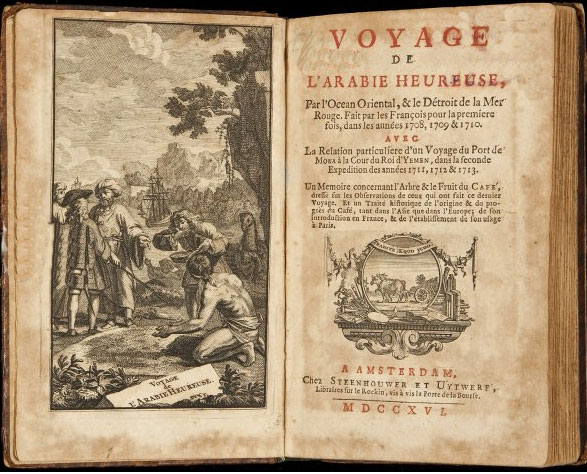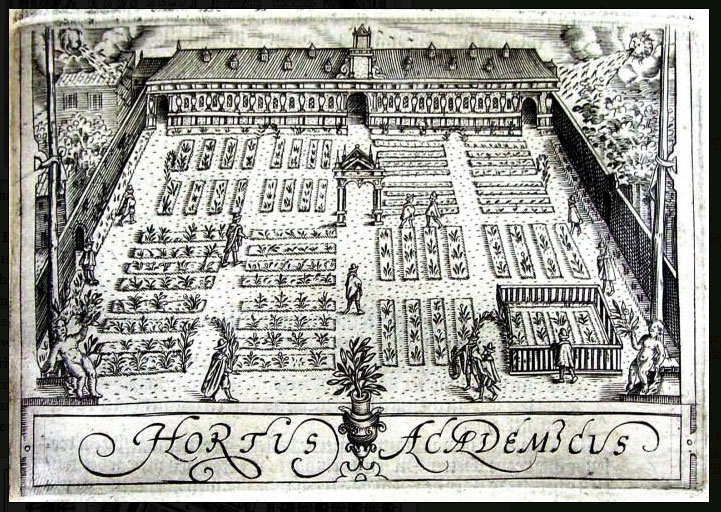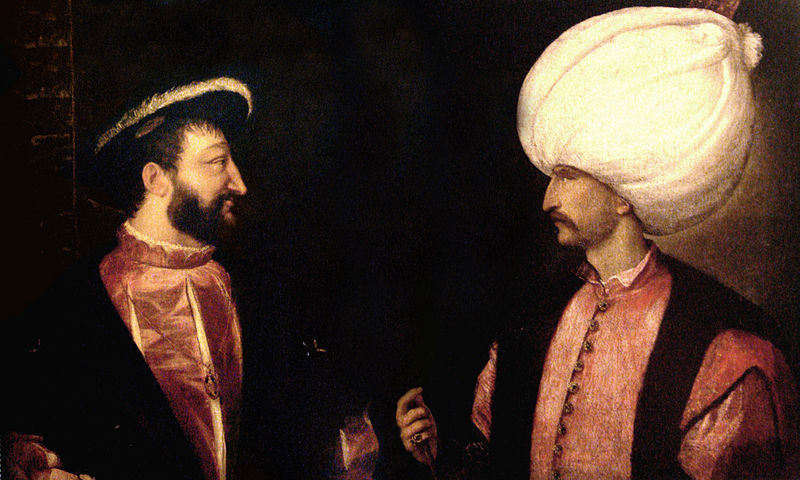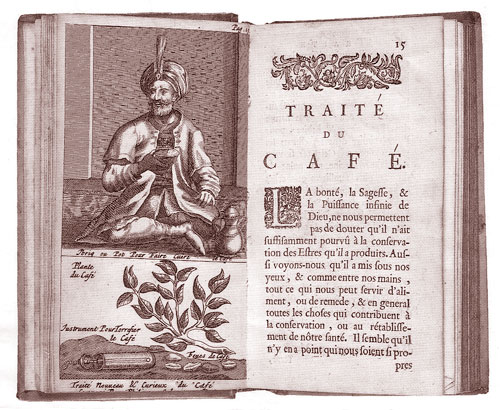RESOURCES
Chapter Notes
Chapter 1: Delving into Origins
Jean de la Roque: Voyage de l'Arabie Heureuse par l'Océan Oriental et le Détroit de la Mer Rouge, fait par les François ... dans les années 1708-1710. Avec la relation ... d'un Voyage fait du portde Moka à la Cour du Roy d'Yemen, dans la seconde expedition des années 1711-1713. Un mémoire concernant l'arbre et le fruit du Café, etc.; Amsterdam, 1716. The first serious book on coffee's origins was sparked by Jean de la Roque's visit to the Jardin de Plantes in Paris, 1714 where he witnessed one of the first coffee plants grown on European soil. Sent to the French king, Louis XIV, as a gift from the Dutch who had actually grown the momma plant of which this was a cutting, it became the eventual source for much of the coffee grown in the Americas.
The drawing above is of the Hortus Botanicus in the Dutch city of Leiden. Coffee was first grown in Amsterdam's Hortus Botanicus. In the 17th and 18th centuries, the botanical gardens of Italy, France, Holland and England were important scientific research centres and were instrumental in helping to develop the subsequent commodity culture in Europe.
The Franco-Ottoman alliance goes back to 1556. But it wasn't until the mid-17th century that the Turkish embassy came to Paris. Such was the excitement of this visit in 1669 that Paris went wild for all things Turkish, especially the strange black drink that seemed so important to them. As Beyza Tekin wrote in Representations and Othering in Discourse, 'The reception of Suleiman Aga, the special envoy from the Sublime Porte, revealed that the only way the French could imagine to communicate with the real stranger was to mimic their alien culture.' La Roque was inspired to delve into the origins of this exciting new drink that had taken Paris by storm, but much of the history of coffee was still shrouded in mystery. Earlier European writers had explored the subject from various perspectives, but these were mainly traveller's accounts. Some of these early works, however, are still of interest as they give an indication of how coffee was viewed by cultures that still saw it as exotic. Leonhard Rauwolff (1535 – 1596) was a physician and botanist from Germany who travelled through the Levant for two years beginning in 1573. His account of coffee as consumed in the Ottoman lands became the main source on the subject for many years. He is thought to be the first European to describe the preparation and consumption of coffee. Prospero Alpino , 1553-1617, was a Venetian professor of Botany at the University of Padua. He spent twoo years in Egypt where he studied the manner in which certain herbs and vegetation were used in Arab medicine. His writings from Cairo contain the earliest scientific description of the coffee plant, the drink and how it was used as a medicine. His work was published in Venice in 1627 as De plantis exoticis. Pedro Teixeira was a Portuguese Jew who travelled the world between 1586 and 1605. His history of Persia details the coffee culture of the Middle East and his description of coffee houses are among the earliest European writings on the subject. His book was translated and published in London in 1710 under the title: The travels of Peter Teixeira from India to Italy by land. Jean de Thevenot’s Relation d’u yoyage fait au Levant; Paris 1664, was translated into English as The travels of Monsieur de Thevenot into the Levant. It describes his journey from 1655-59 through Turkey and Egypt. Thevenot wrote detailed accounts of the coffee culture in the Ottoman lands and is thought to have helped popularise the drink in France. Ibrahim Pecevi, 1574-1650, was a Turkish historian of the Ottoman Empire noted for his two-volume book Tarih-i Peçevi, translated into English as Pecevi's History as was used by many writers as the main reference of Ottoman social history for the period between 1520–1640.
Philippe Sylvestre Dufour (1622-1685), was a merchant and chemist from Lyon who wrote one of the early histories of coffee, tea and chocolate, outlining the chemical properties of each and discussing their therapeutic benefits. He also described the various ways to prepare and serve them. First published in French under title: De l'usage du caphé, du thé, et du chocolate, Lyon 1671.
|


 Francois I and Suleiman the Magnificient, Titian c1530
Francois I and Suleiman the Magnificient, Titian c1530 